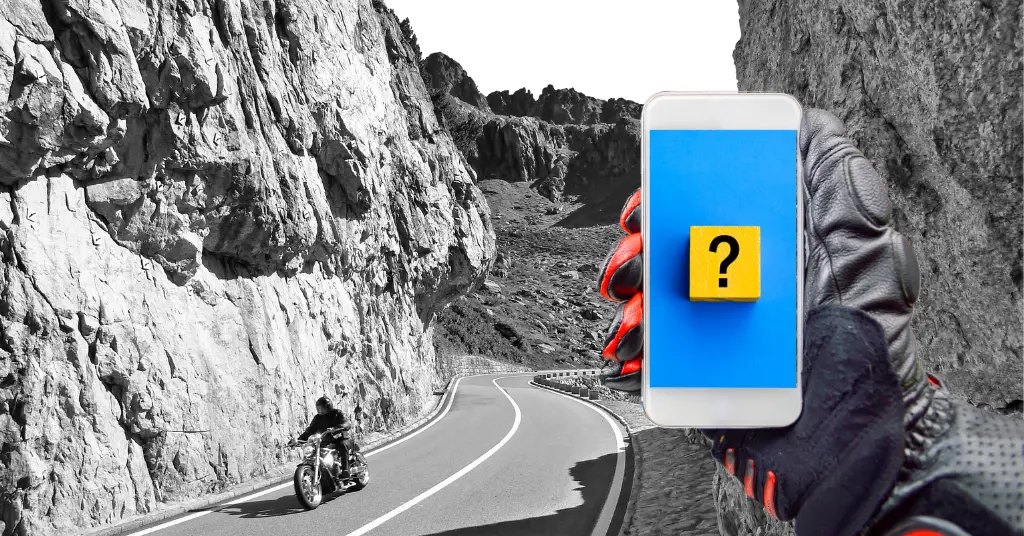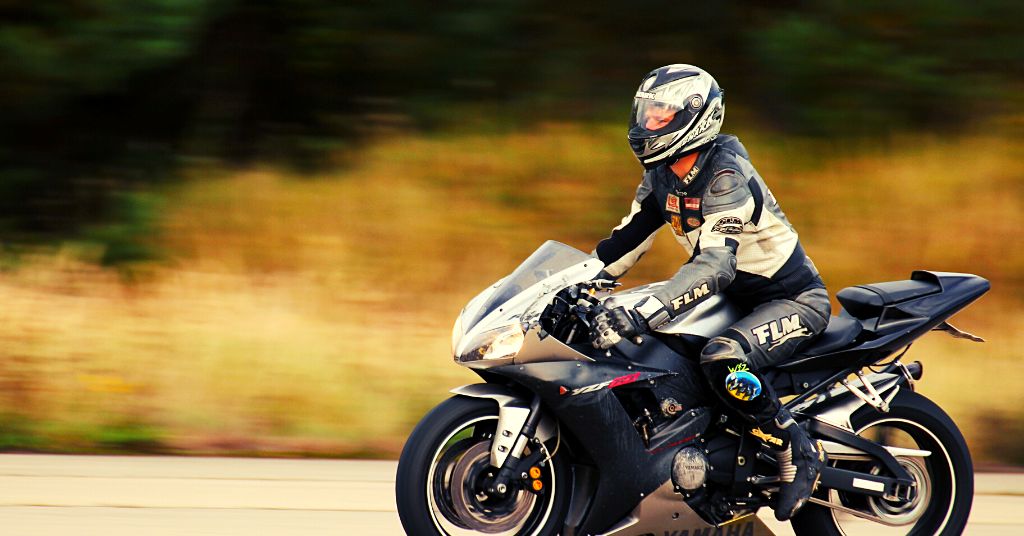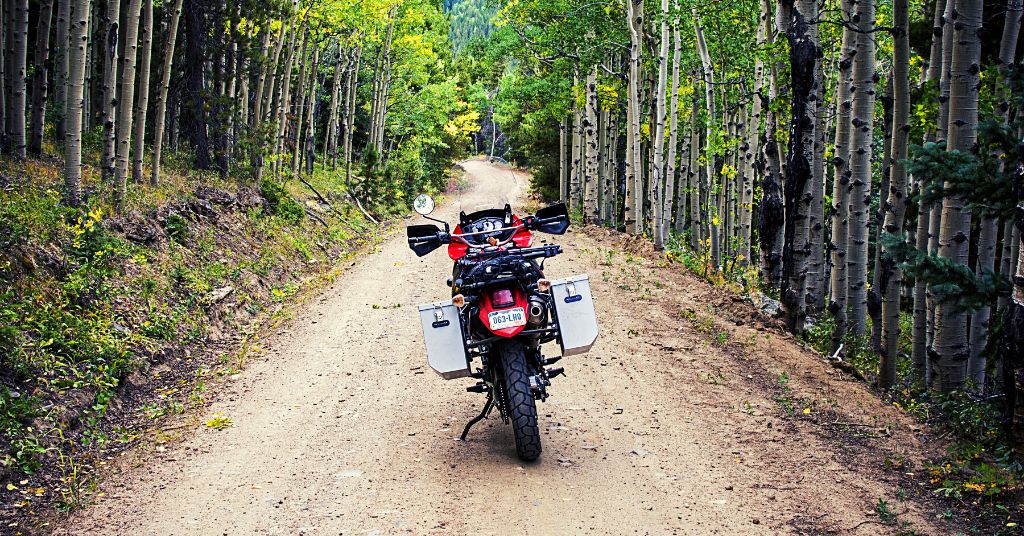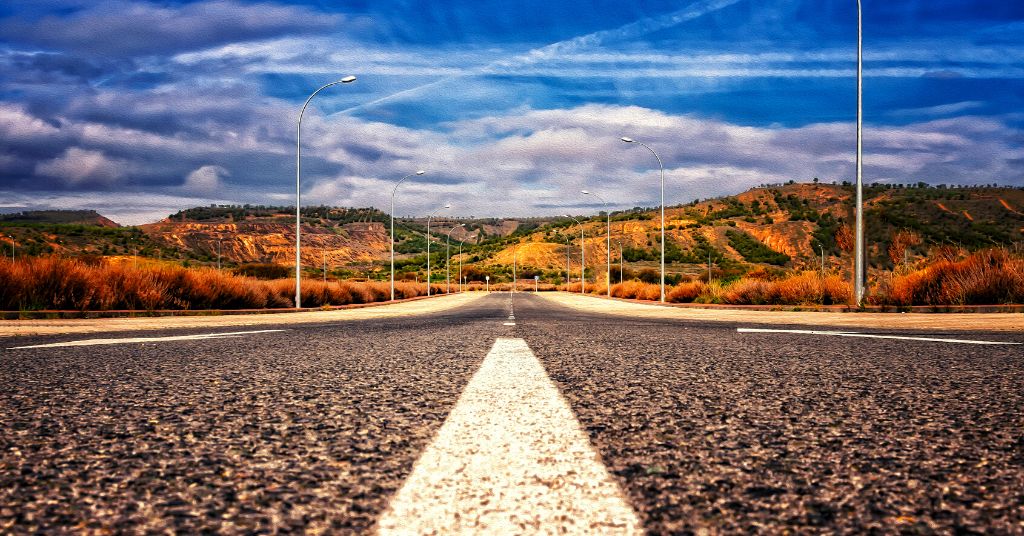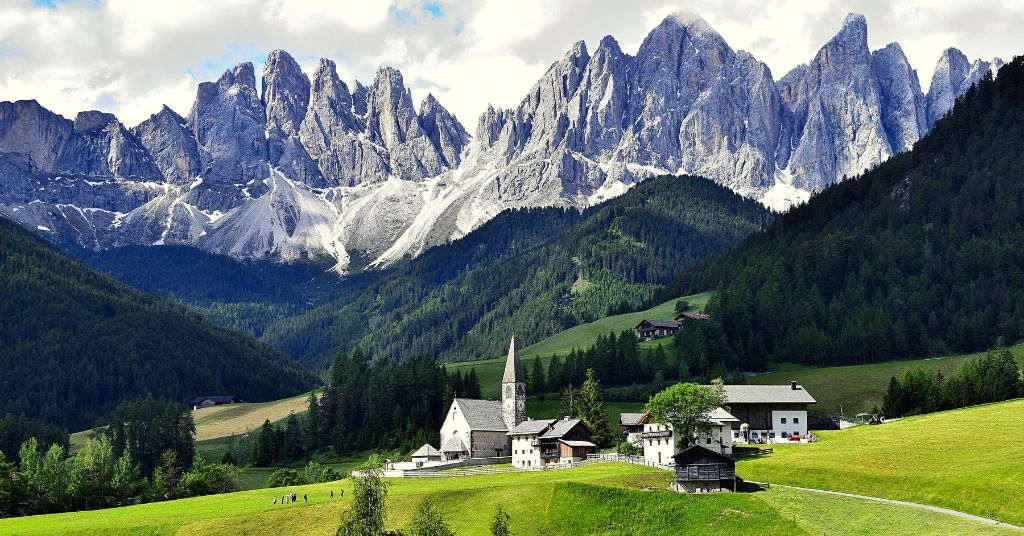
RIDING FAST AND SAFELY WITH THE MOTORCYCLE
THE MOTOGP WAY
Riding fast and safely with the motorcycle - The MotoGP way
MotoGP riders need more than just a motorcycle for a race. They need specially designed suits, boots, and gloves. Many protective elements go into making these highly protective racing gears such as knee sliders, elbow pads, etc. But, another very important factor to be considered when it comes to their suits and helmets is the comfort level the rider needs.
Weather also plays a big role in determining the type of equipment a MotoGP rider needs. For example, rain can add several levels of extra risk for a MotoGP rider. In case of a fall, you need the suit to be able to resist abrasion and protect the rider. If you also ride a sports bike and follow MotoGP racing, you need to know what goes into the safety elements of a rider. MotoGP riding gears are made keeping the riders’ safety in mind, whether they are professional racers or everyday bike riders like you and me.
Of course, you don’t need to be in a MotoGP pilot’s outfit every time you go out, but you can always take a leaf out of their book to ride extra safely.
Being fit is an advantage for anybody riding a heavy bike and an insight into a MotoGP rider’s physical training might be the inspiration you need. Lastly, modern motorcycle technology such as traction control can also help you in intense situations. So here we go…
Riding Gear - Striking a balance between protection and comfort
Helmet
The basic purpose of a motorcycle helmet is to protect the rider’s head during impact. The color and designs of a MotoGP helmet can be very attractive. Riders wear a full-face helmet made of carbon fiber in order to be as light as possible.
Helmets can be customized to achieve maximum protection and comfort. The air intake determines the comfort of the rider and it can be adjusted as per his needs. In order to offer maximum comfort, the helmets can weigh as less as 0,5 kg.
Airbag Suits
Starting in 2018, it is now mandatory for all MotoGP riders to wear an approved airbag system inside their leather racing suits for extra protection. These have to be functional when the rider is on track. The airbag system is actually a protective element that will inflate when it detects that the rider is about to fall or has fallen. It hardly takes a few milliseconds for the different parts of the suit to inflate.
The chest and arms are the major parts and once inflated, they work really well in softening the impact. Even if the rider decides to continue racing again after a fall, there is a second charge as well in the system, which will be ready to go again with the rider and protect him again if needed. This is the most advanced protective technology available to riders currently and it is so accurate, it can gauge the difference between a proper fall and a close shave.
Armour
There are protective pieces in the suit that can slip into the inner pockets. These pieces help to protect vulnerable areas against abrasion and also absorb the impact after a fall. These elements are designed in a way to keep them lightweight and also provide maximum absorption abilities. This helps to keep the rider comfortable as well as protected.
Boots and Gloves
MotoGP riders’ boots and gloves need to have extra protection in certain areas and also be comfortable for the rider to wear. A rider must be able to feel his hands and feet easily as those are the two parts he uses the most to control his motorcycle. They should be lightweight and the gloves generally have extra protection at the knuckles, fingers, and the base of the palm. These are the most vulnerable areas in case of impact. Protective gloves also feature a protective plate near the wrists.
Racing Suit
The most important part of a MotoGP rider’s protective gear is the suit. They are highly customizable to be able to resist abrasion and impacts and also be lightweight and comfortable for the rider to wear.
Elbow Pads and Knee Sliders
Elbows and needs are highly sensitive areas for a MotoGP rider. In fact, the riders use knee sliders to come in direct contact with the track. These surfaces are extremely abrasive and hot. So basically while taking turns, the rider has to depend on the protective abilities of their knee sliders.
In the same way as knee sliders, we see riders’ elbow pads also coming in contact with the asphalt on many occasions. This has encouraged makers to keep improving the protective qualities of elbow pads.
Physical Training
MotoGP is the top motorcycle sport in the world. Due to huge competition, riders have to be on top of their game at all times, not just on the track, but also in the gym. Like any other sportsperson, MotoGP racers need to be fit in a way to be able to control bikes weighing more than 150 Kg, at constant speeds of over 250kph, maintaining lean angles and doing this for over an hour. And, this was just race time, not to forget the training time riders have to ride on track for hours and hours again.
The riders start their physical training cycle with a pre-season in December. It usually consists of cardio and full-body workouts, 6 hours a day and 6 days a week. These 6 hours are divided into cycling, gym, and some time in the pool.
During the racing period, which starts in March, riders do exercises they think they need, of course under the guidance of expert trainers. They usually want to maintain strength and the exercises undertaken are also for the same.
During summer breaks, the training is mostly the same as pre-season training. After the end of the season, riders generally take a month’s break but also indulge in recreational exercises and sports like football, badminton, etc. to keep fit and stay fresh ahead of a new season and a new training cycle.
Motorcycle safety system – Traction control
The worst nightmare of a MotoGP racer is to lose traction while on track and go flying into the sidelines. But, fortunately, with modern motorcycle safety systems and electronics, it is much easier for MotoGP riders to control traction than we think.
Traction control is basically a system that uses throttle opening or the engine spark advance as input variables to regulate the slip of the rear wheel.
It makes use of sensors mounted in different places on the bike, like the rear and front wheel mountings. It helps to monitor the speed of the wheel. It also manages to monitor roll pitch using an Inertial Management System. This system can also monitor a rider’s slides, turns, and wheelies. There are sensors that can also monitor engine speed. There is a big electronic control unit that monitors and relays information to the pit boxes.
Simply put, this technology helps to monitor every parameter of the bike. If the front wheel is off the ground for a few seconds or the rear wheel slips, the ECU will cut down the power delivery. The electronics are so advanced today, that there are traction control settings available in bikes for every turn a rider takes.
Being a MotoGP rider requires a lot of practice and strength. All riders have to work extra hard to compete in the biggest bike racing competition in the world. In order to protect themselves in a race and come out winning, safely, they need the help of special clothing, fitness, and technology.
How can I also ride my motorcycle safely?
Motobit helps you to ride more safely by warning you of fixed dangers such as dangerous bends, damaged roads and much more, as well as of bends that are taken a little too recklessly. The curve assistant as we call it can be key, especially if you are exploring new and unknown areas.
So make sure you not only focus on riding like a pro, but also that Motobit is installed and active on your smartphone before setting off on your next tour. If you have not installed Motobit already, get it now for free!

